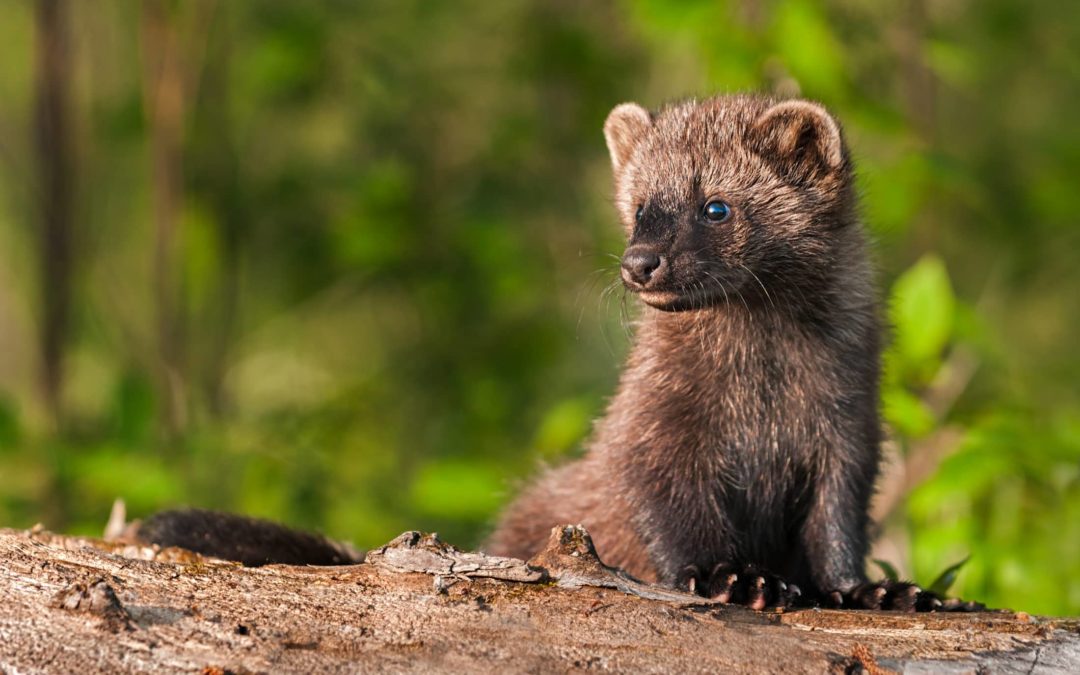SOURCE: The Narwhal
DATE: August 8, 2020
SNIP: For years, Canada’s most western province has marketed itself as “Super, Natural, B.C.” But the B.C. government is failing to protect the myriad species that inhabit the province’s many ecosystems, from the coast to the mountain tops and from grasslands to old-growth forests, with worrisome consequences for biodiversity. Last year, a landmark UN report found that nature is declining at an unprecedented rate and extinctions are accelerating, with almost one million species at risk of disappearing globally.
Almost 1,340 species are now on B.C.’s red and blue lists of species at risk of extinction. Another 1,037 species meet the provincial status requirements for red and blue listings but have not yet been added, in part because more information is needed. The Committee on the Status of Endangered Wildlife in Canada has found that additional B.C. species, including more than one dozen unique salmon populations, are experiencing alarming declines. Yet those species, too, have no provincial at-risk status.
Unlike six other provinces and the United States, which shares transboundary and migratory species with B.C. — including caribou, songbirds and spotted owls — British Columbia has no stand-alone endangered species law. Instead, it relies on an uncoordinated mish mash of legislation to conserve plants and animals, including the Forests and Range Practices Act, the Oil and Gas Activities Act, and the Environment and Land Use Act.
Although the governing NDP made an election promise to enact endangered species legislation — a pledge upheld in Premier John Horgan’s mandate letter for Environment Minister George Heyman — it subsequently reneged on its commitment. That leaves B.C. with a mounting “extinction debt” that scientists say the province will soon be obliged to pay, in a reckoning that will remake our natural world into something far less diverse, abundant and wondrous.
Less than a century ago, sockeye salmon were so plentiful in the Adams River near Kamloops that Secwepemc Elder Mary Thomas recalled seeing people run across the water on their shiny backs. Wood bison were so prolific in northeast B.C., near Fort St. John and Dawson Creek, that they bestowed the area with its local name of Buffalo Prairie. Herring were so numerous that mile-long bays in Gitxaała Nation territory, on B.C.’s north coast, churned with flashing silver.
Forty species of butterfly were considered “abundant” on Vancouver Island. The Cowichan River would turn black and snowy with the wings of thousands of dead admirals and whites and, in August, butterflies floated in the sea around Victoria and washed up in drifts one or two inches deep. In 1894, entomologist George Taylor described a single patch of blossoms “covered with blues and fritillaries, with an occasional sulpher and two or three magnificent species of swallowtail.”
Elders from West Moberly First Nations in the Peace region recall caribou so bountiful in the early 1960s they were “like bugs on the landscape.”
Ninety years ago, there were so many caribou in the Wells Grey area it took two and a half hours for them to pass: “Thicker and thicker they came,” wrote Vancouver Island author Hilda Glynn-Ward, “until the whole pass was a mass of moving mole-grey forms from which a forest of branched antlers sprouted, clashing and clicking together as they pressed onward.”
Today, many wild salmon populations in B.C. have collapsed. Wood bison and plains bison are in danger of local extinction. Herring populations are in peril. All 20 Victoria-area populations of Taylor’s checkerspot butterfly, which brightened grasslands with its distinct orange, black and white wing patterns, have vanished, along with many other butterfly species. Northern spotted owls, a species found only in southwestern B.C.’s old-growth forests, recently became functionally extinct.
B.C.’s southern mountain caribou herds are snuffing out like candles. Two more herds were declared functionally extinct last year and a dozen herds each have less than 25 animals remaining. The Burnt Pine caribou herd in the Peace is locally extinct, and the six other herds in the region are critically endangered. At last count, in 2016, only 121 caribou remained in the once mighty Wells Gray south herd, which today is one of the largest southern mountain caribou herds left in the province.
These species are but a handful of the red and blue-listed fish, birds, mammals, plants, amphibians and insects on the B.C. Conservation Data Centre’s species and ecosystems explorer.
Even the six provinces that have passed endangered species legislation frequently make exceptions for industry. Ontario’s endangered species law, for example, excludes all hydro, oil and gas, and wind energy development, a testament to the influence of industry and the light weight that protecting biodiversity is accorded on the scales of decision-making.
[Read the full article about the extinction crisis here: https://thenarwhal.ca/bc-extinction-crisis]

